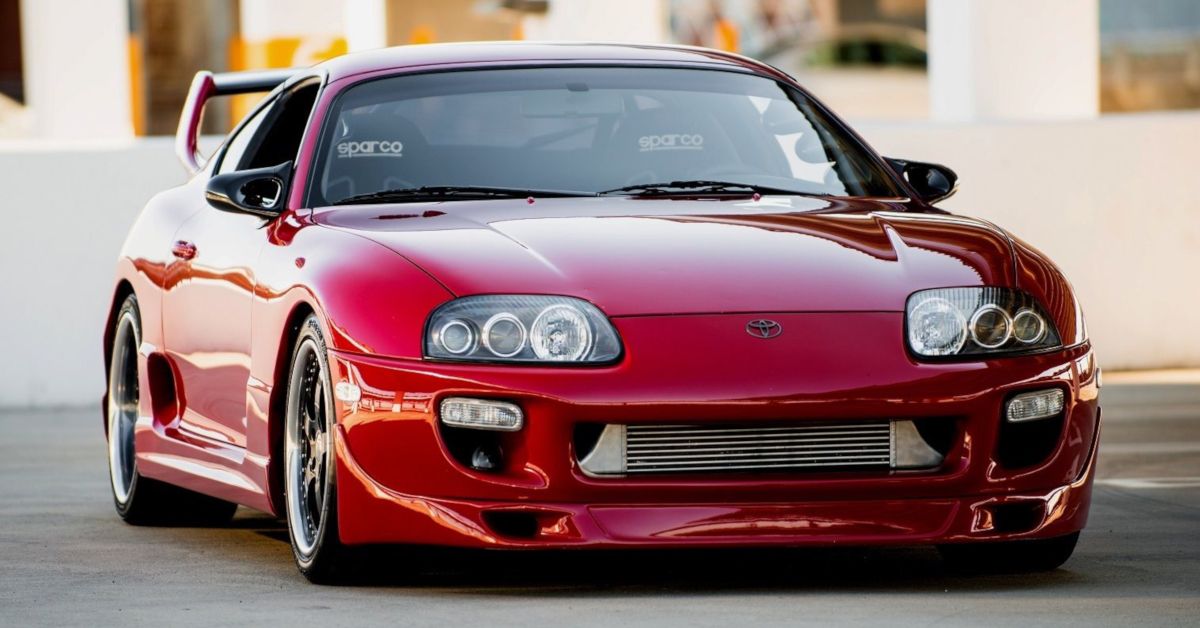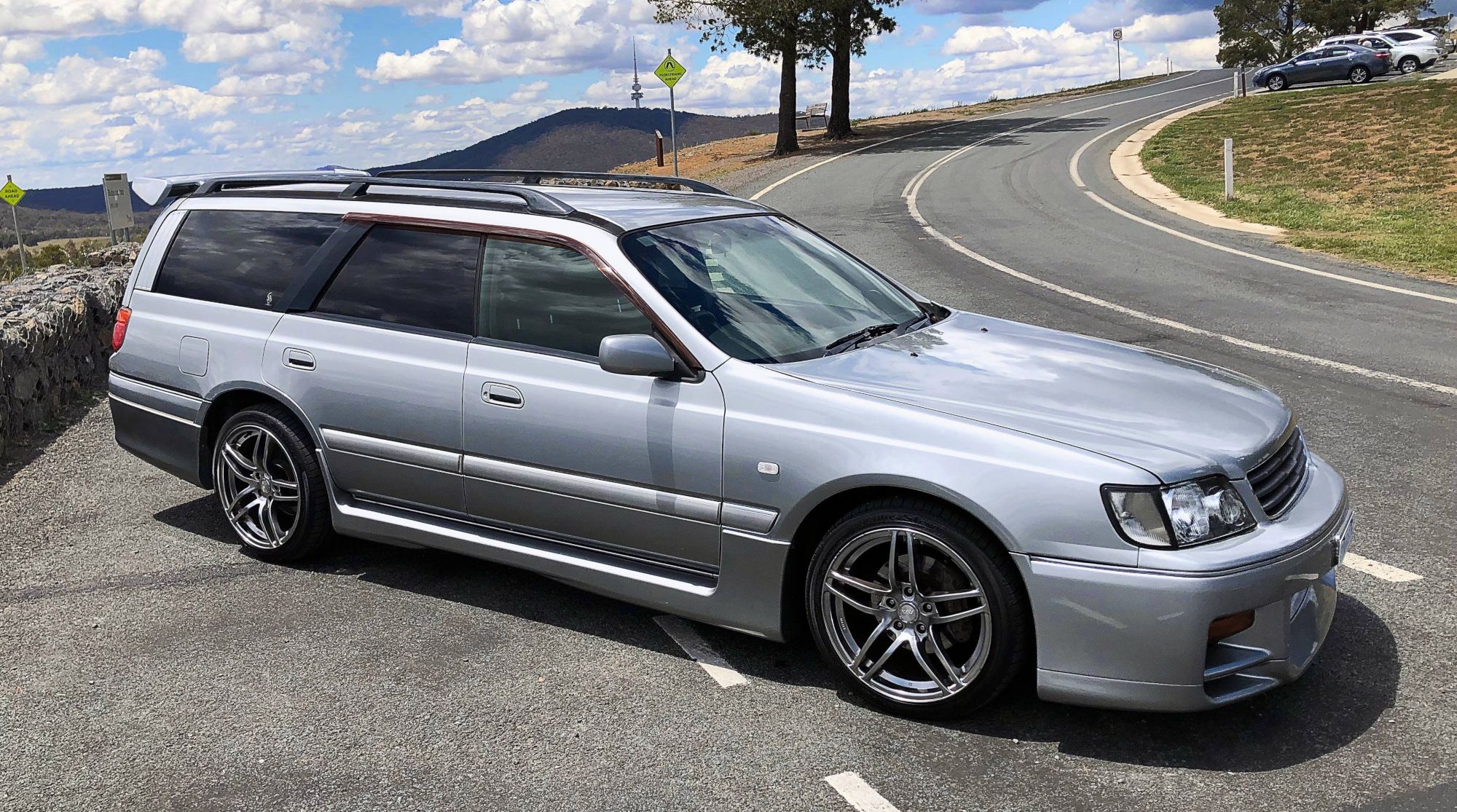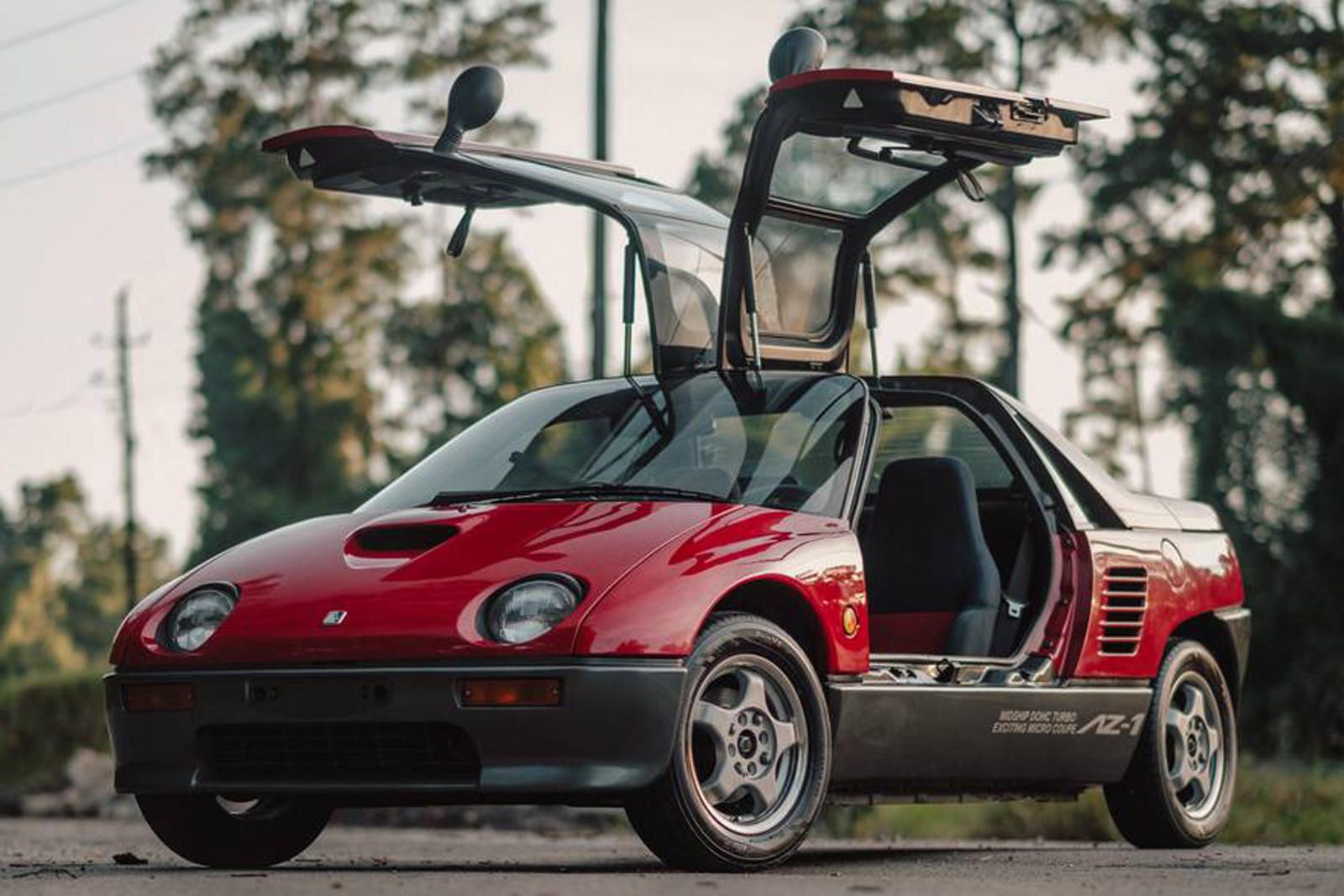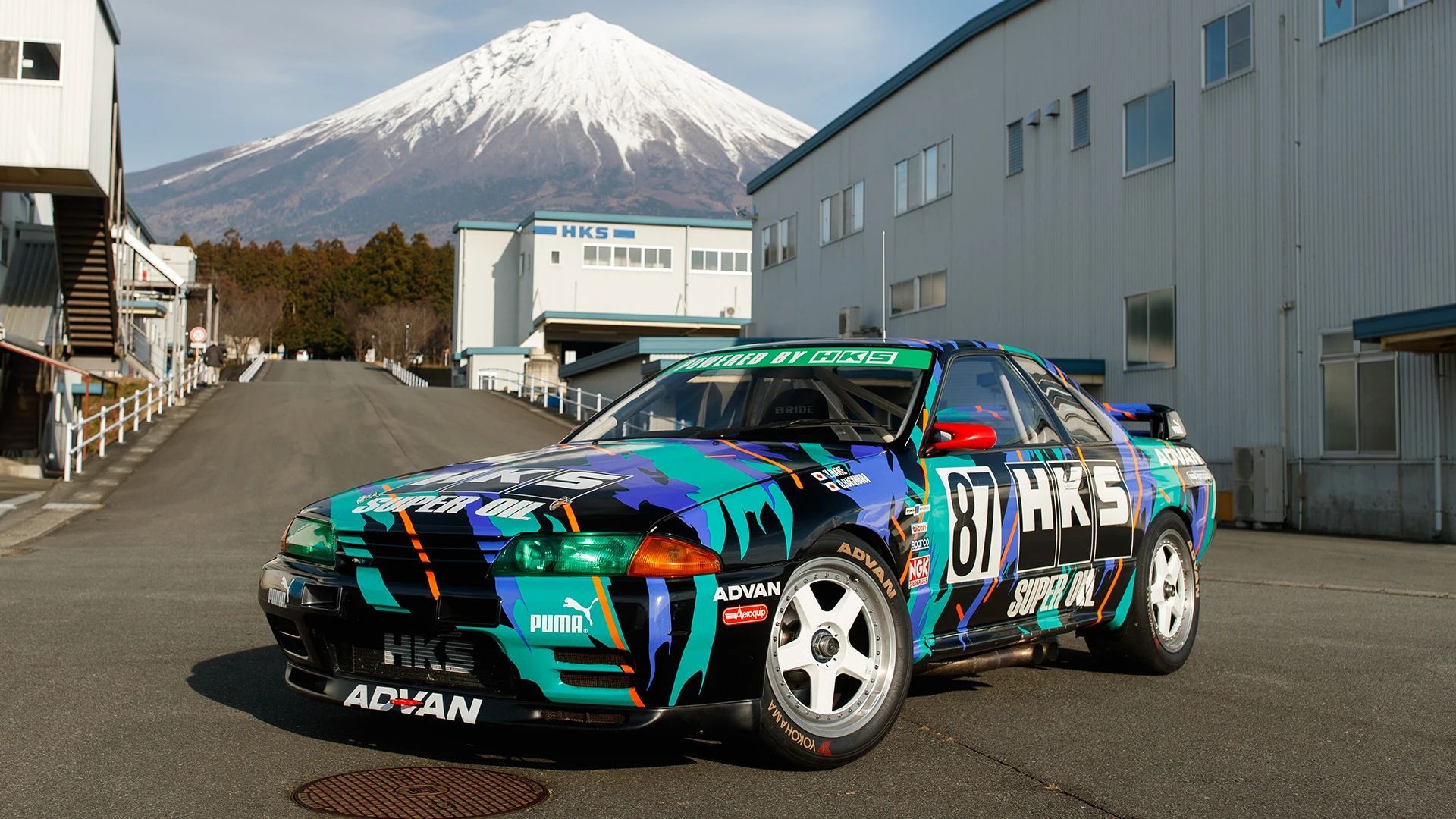The rise of the Japanese automotive industry is fascinating in so many ways. It started from humble beginnings, building cars based on American and European models with limited success. Despite heavy investment from the government, the early Japanese market was dominated by the vastly more developed US manufacturers who built their factories all across the country. However, after the Second World War and its initial collapse, the Japanese economy started to grow exponentially, and the demand for motor vehicles followed suit.
A rising number of domestic manufacturers started to compete for their share of the market. Companies like Toyota, Nissan, Honda, Mitsubishi, Mazda, Subaru, and Isuzu battled to find the most efficient way to develop and sell their cars while creating some of the most innovative and forward-thinking vehicles in the automotive world. Once small and underdeveloped, the Japanese car industry quickly became known for building cheap and reliable cars, which were a huge threat to their American and European competition and even warranted import quotas from many countries.
The rise of Japanese manufacturer's exports and differences between domestic and export requirements soon gave birth to JDM cars. The term JDM stands for Japanese Domestic Market and basically encompasses all cars meant to be sold exclusively in Japan. Even though JDM cars weren't meant to be exported, they quickly piqued the interest of many car enthusiasts around the world.
But what is it that makes JDM cars so captivating and a must-have to petrolheads outside of the land of the rising sun?
A Different Approach To Car Making
When most people talk about JDM, they envision legendary sports cars that make excellent tuning platforms for car enthusiasts. Notorious models like Nissan GTR, Honda NSX, and Toyota Supra are the first that come to mind.
These exciting road rockets played a crucial role in changing the public perception of the Japanese automotive industry during the 80s and the 90s. The Japanese went from being known for building cheap and simple cars to being praised for their advanced engineering ability that created some of the coolest cars ever built.
The informal gentleman's agreement between Japanese car manufacturers concluded in the mid-70s entailed that no production car they made would have more than 280 horsepower. This, in turn, meant that many of the cars constructed in that period had engines capable of producing much more power than they came with out of the factory.
The huge potential of these engines created a booming demand for aftermarket parts in Japan, where petrolheads were always known for customizing their cars in order to make them unique. The most extreme of them were curious just how far they can push their engines, creating beasts that develop over 1000 hp.
So Many Unique Cars To Choose From
The meteoric rise of the automotive industry in Japan can be attributed to its large number of competing car manufacturers with different approaches and philosophies. From Kei cars and trucks to boxy sedans and wagons. Whether you want a high revving roadster, a great handling hot hatchback, a comfortable limo, or a mid-engined supercar, the Japanese make it all.
While cars like Mazda RX7, Nissan GT-R, or Honda NSX are constantly rising in value and are no longer available to most petrolheads, a lot of JDM models like Honda Civic, Mazda Miata, Toyota Celica, and Nissan Sylvia acquired a cult following around the world for being an affordable way to go very fast.
But not all JDM cars are made to go fast. Most JDM cars were built with specific problems and demands of the domestic market in mind. An average Japanese car buyer has different needs and preferences compared to customers from the US or Europe. In order to satisfy those needs, Japanese carmakers had to take a different approach to car building than their overseas rivals.
In fact, some of the most interesting and unique JDM cars are small Kei cars with tiny engines. These cars were purpose-built to keep car taxes as low as possible and be affordable to the Japanese public. Their small size makes them exceptionally practical in overpopulated Japanese cities where every inch of space is important.
Gems Of a Bygone Era
The biggest reason that JDM cars have reached such a legendary status in the car community is their combination of originality and unattainability. In an era where a lot of new cars are built on similar platforms and are getting increasingly difficult to tell apart, standing out is becoming harder and more expensive than before.
Most JDM models that are popular around the world represent the golden age of car manufacturing in Japan that gave birth to rides that were meant to make their owners smile and enjoy the engineering genius and enthusiasm of the teams that built them.
A lot of Japanese cars are available to car lovers around the world, but none of them quote as quirky and different as JDM models. In the end, it's not just about owning an amazing car, it's about owning an amazing car you weren't meant to own in the first place.




